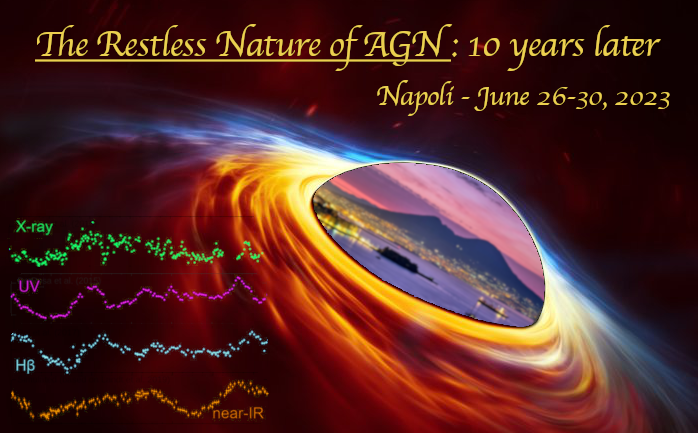Speaker
Description
I will discuss the use of longer timescale “negative” lags, where the variability in high frequency bands lags the corresponding variability at low frequency, as a probe of accretion disk structure. Traditional reverberation mapping uses lags of variations in AGN photometry from high frequency to low frequency wavebands on the light-crossing timescale which come from the reprocessing of light in different temperature regions of the disk. The long negative lag, on the other hand, is due to fluctuations in the outer part of the UV/optical region of the disk that are accreted inward on the inflow timescale. Because the inflow rate also depends on disk properties, unlike the speed of light, these long lags can provide additional information about disk structure. Standard disk models predict the inflow timescale is on the order of hundreds of years. However, recent 3D radiation magnetohydrodynamic simulations of AGN disks and analysis of high-cadence, long baseline observations of Fairall 9 suggest that in the UV/optical region of the disk, the inflow timescale can be on the order of only 100 days, not years. This much shorter lag timescale would make the detection of long lags possible with long baseline observations from instruments such as SWIFT or Vera C. Rubin Observatory. I will outline the underlying theory of these long lags, show results from 3D radiation magnetohydrodynamic simulations of disk models beyond the standard disk model, and also present some candidate long lags.

